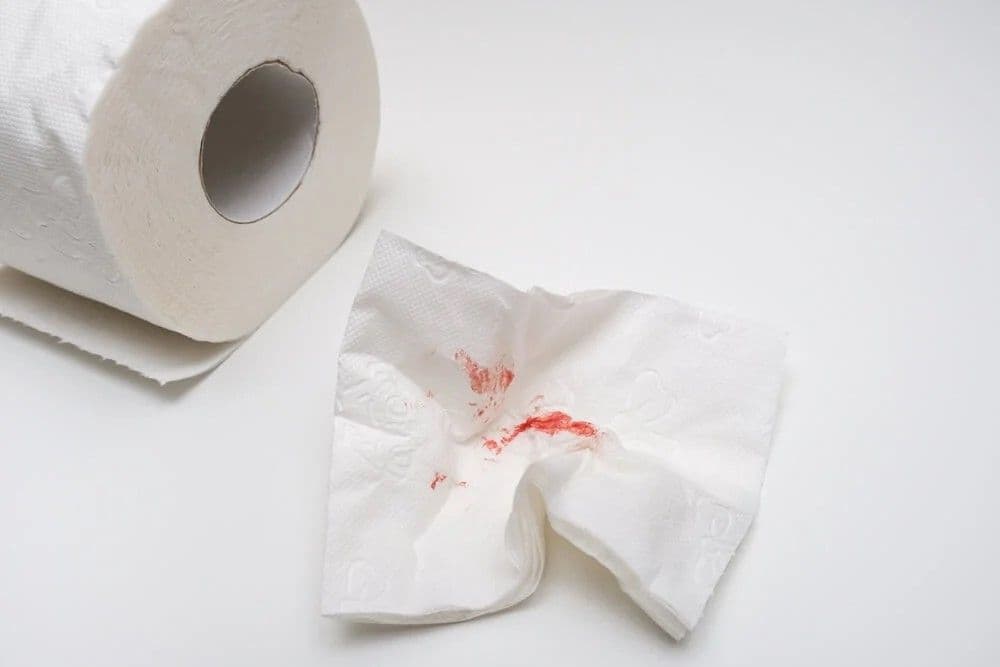Finding blood in your stool or on the toilet paper can be a frightening discovery. While your mind might jump to the worst-case scenario, the cause is often less severe than you think. Understanding the potential reasons is the first step toward peace of mind and getting the right help. This guide breaks down the common culprits behind rectal bleeding, helping you make sense of your symptoms quickly and effectively.
The color of the blood offers important clues about its origin. Bright red blood typically signals bleeding in the lower colon or rectum, while darker, tarry stools (a condition called melena) suggest bleeding is happening higher up in the digestive tract, such as the stomach or small intestine. Pinpointing the cause requires a professional diagnosis, but here are some of the most common reasons:
- Hemorrhoids: Swollen veins in your anus or lower rectum, often caused by straining during bowel movements.
- Anal Fissures: Small tears in the thin, moist tissue that lines the anus.
- Diverticular Disease: Small pouches (diverticula) in the colon can bleed, known as diverticulosis or become inflamed, known as diverticulitis.
- Colitis: Inflammation of the colon, which includes conditions like Crohn's disease or ulcerative colitis.
- Peptic Ulcers: Open sores that develop on the inside lining of your stomach and the upper portion of your small intestine.
While many causes are benign, any instance of rectal bleeding warrants a medical evaluation. Only a healthcare professional can provide an accurate diagnosis and rule out more serious conditions like colorectal polyps or cancer. Tracking your symptoms, including the color of the blood, frequency, and any associated pain, can provide your doctor with valuable information for determining the next steps.
Frequently Asked Questions
Q: Can certain foods make my poop look bloody?
A: Yes, large amounts of red-colored foods like beets, cranberries, or red food coloring can cause reddish stools that may be mistaken for blood. However, it's always safest to consult a doctor to be sure.
Q: Is blood in the stool always painful?
A: No, not necessarily. Painless bleeding is common with conditions like internal hemorrhoids or diverticulosis. Painful bleeding is more often associated with anal fissures.
Q: What kind of doctor treats blood in the stool?
A: You should start by seeing your primary care physician. They can perform an initial assessment and will likely refer you to a gastroenterologist, a specialist in digestive system disorders, for further testing and treatment.





